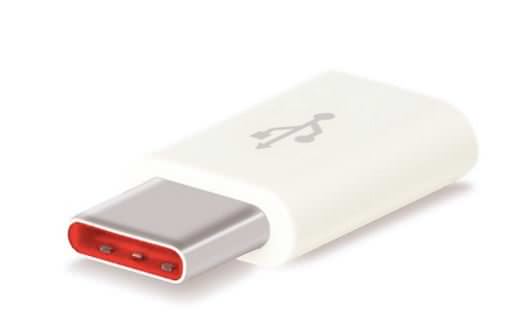OnePlus’ ‘2016 flagship killer’ a la the OnePlus 2 was the first phone from the company to use the USB Type-C plug, and the company naturally made a big deal out of it.
It turns out that the USB Type-C adapter that OnePlus ship isn’t suitable for use with at least a few devices. This comes from Benson Leung, an engineer working with Google on the Pixel C Marshmallow tablet.
While OnePlus assured their users that the adapter is perfectly fine to be used with the OnePlus 2, Leung reckoned that it shouldn’t be used with devices such as the Nexus 5X, 6P and others; basically devices that work with 3A fast charge.
Gizchina News of the week

“Don’t buy this #USB #TypeC adapter for your Chromebook Pixel or Nexus 6P/5X phone. It uses the wrong identifier resistor,” Leung wrote in his Google+ post.
Leung added that the OnePlus USB Type-C adapter uses the wrong identifier resistor, and that ‘OnePlus needs to get the message that their accessories are out of spec’. He wrote that because fast charge devices will attempt to draw 3A current (which the OnePlus USB Type-C cable is not capable of passing), it could end up damaging the device’s internal components.





If the OnePlus2 charger can cope with 3A but only supply 2A then shouldn’t be a problem.
if they are proven not to be in dispute of a lady or bragging rigths, i wouldn’t like risking my hyped-up O+ device by using such stuff… he did say “it could end up damaging the device’s internal components”…
If these 3A scoped fast charge devices can charge on 1A or 500mA standard USB2, then it can 2A. You wont be risking your device unless the device is exclusively designed for only 3Amps@v and there’s an argument of the chemical structure taking up electronic at a specific measure and speed – unlikely though.
The Google Engineer claims they are using the wrong resister for type detection. That may lead to undercharging if the device calculates by time as the means of allowing for charge.
This is the one to buy:
http://www.aliexpress.com/item/in-stock-100-official-original-xiaomi-brand-micro-usb-to-oneplus-type-c-adapter-compatible-with/32425948369.html
So seriously, literally a flagship killer ?!! ?